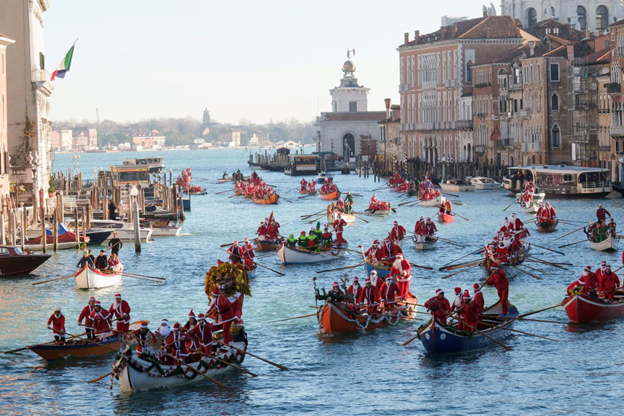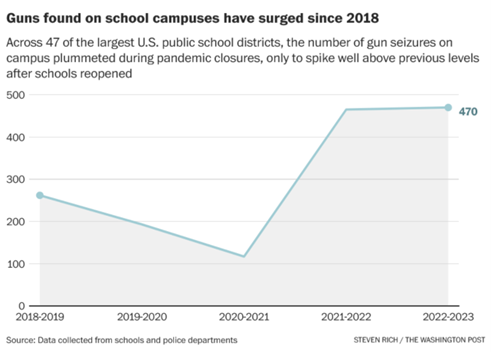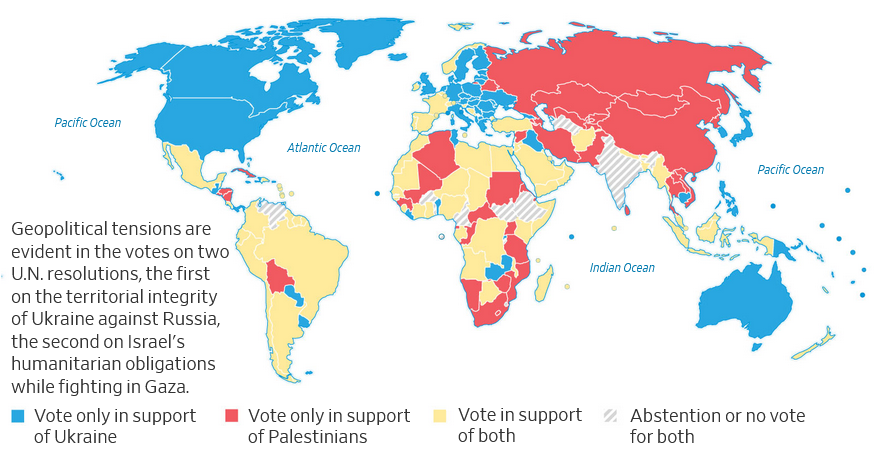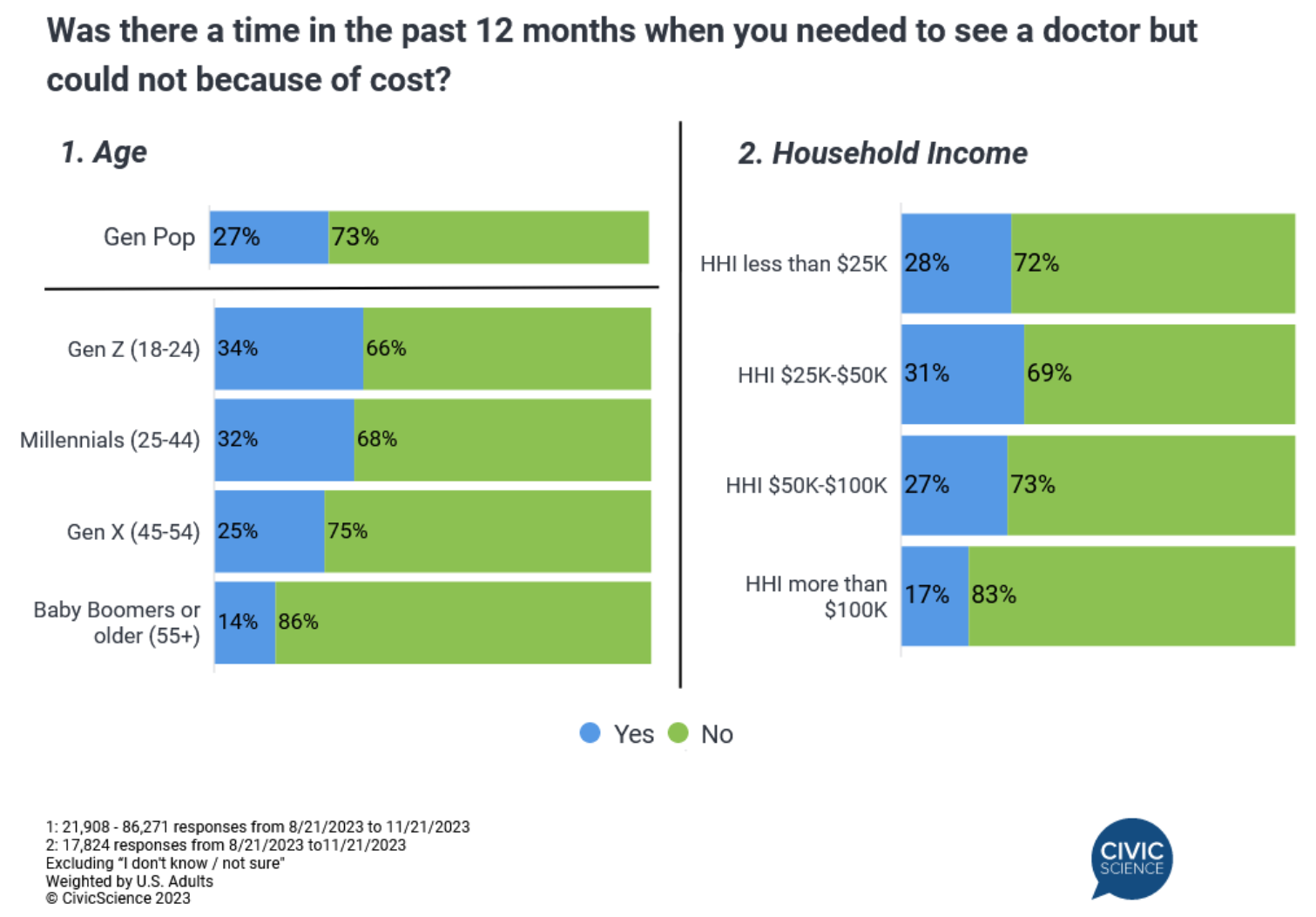The Daily Escape:

Merced River, Yosemite NP, CA – December 2023 photo by Graham Holmes Photography
We’ve enjoyed a few days away from the news, seeing kids and grandkids while eating non-stop and playing games in the living room. But it’s nearing the time when we will need to refocus on the state of our country. These are overstimulated times, as the abuse of all caps and exclamation-points around the internet shows us.
It’s doubtful, as the song goes, that “Next year, all our troubles will be out of sight“. It seems that next year will be very much like 2023 where the “bad vibes” were everywhere, despite all of the good news about the economy.
Here’s one finding from a poll by YouGov that was performed between December 11th and 14th of a nationwide sample of 1,000 adult citizens, with a 4± point margin of error:
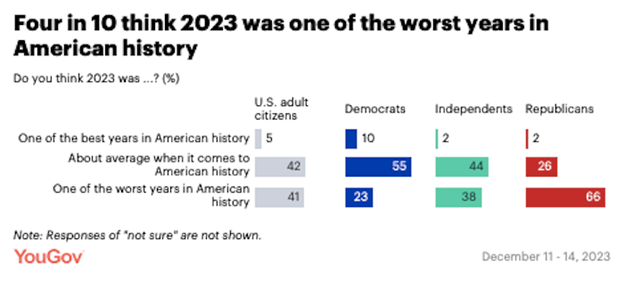
The bad vibes were overwhelmingly felt by Republicans, 66% of whom felt that 2023 was “One of the worst years in American history” even though it clearly was not. From the NYT:
“The “vibe” is bad, voters can’t see that the economy is good.”
The economy is really good. Unemployment is near its historic low. Inflation is nearly controlled. While the Fed raised interest rates rapidly to slow economic growth, we are now likely to experience a soft landing of the economy. Back in December 2022, the Financial Times (paywalled) published a survey that showed 85% of economists were projecting a recession in 2023. But it didn’t happen, largely due to US fiscal policy (adding money to people’s pockets) overriding the impact of the Fed’s desire for a restrictive monetary policy.
Maybe people believing that the economy was bad shouldn’t be surprising. FOX, along with other media have been telling people non-stop that the economy is a problem (and using inflation as the proof). With few exceptions the Democrats haven’t responded clearly. Biden tried to brand the economy as Bidenomics, but neither he nor the Democrats mention every day how great the economy is.
Without hearing from the Dems, most Americans hear that the economy is bad and nobody contradicts that. So one side uses proper messaging techniques and the other side wonders why they’re unpopular. This is true for the Dems on issue after issue.
Heading into 2024, Wrongo is putting on his armor, because next year’s not going to be easy. In fact it’s going to be a shitshow. We know that we’re having an absolutely make or break election for president. Control of Congress is on the line as well. It’s now becoming clear that unless there’s a legal miracle, Trump will not be judged guilty in any of his pending criminal cases prior to the election.
That means it’s up to us voters to get the 2024 election right: Overwhelming turnout, hammering the message locally and not simply relying on the national Democratic apparatus to get things done for us at the local level. If we fail, it’s hard to see how America recovers fast enough to keep the entire world from turning to chaos with a Trump win.
From Rick Wilson: (emphasis by Wrongo)
“If I could weigh one magic wand and accomplish one simple change in the minds of anti-Trump voters, Republican or Democrat, it would be this: stop believing in miracles. Miracles are in short supply….It’s taken me a while to overcome the hope that something derails Trump….But nothing does. He is a protean force in American culture now, seemingly beyond all sanction. He is not going to jail….He won’t be disqualified from the ballot in any states when the Supreme Court is done. Trump is going to be the nominee; he is going to lure the media into his narrative frame once again.”
More:
“The miracles in politics are the ones we make. They come from work planning, preparation, organization, and focus. Nothing will set the Democratic Party back further and faster than the fantasy that somehow the law or fate will take Trump out of their way. This one will take a lot of work at every return, and there are no shortcuts.”
The DNC sends us their mealy-mouthed-please-send-money-now emails every week. They must up their game if they hope to win. Also, Wrongo can’t understand why so many Americans can’t see the handwriting on the wall. This isn’t a time for third parties, it isn’t a time to “send a message” to Biden.
The best defense for our democracy is to speak out and encourage everyone we know to vote.
We close this year with our final seasonal Christmas musical presentation, selections from the 2023 Christmas Carols Concert at London’s Royal Albert Hall. This is snippets of the whole carols, which may disappoint some:

